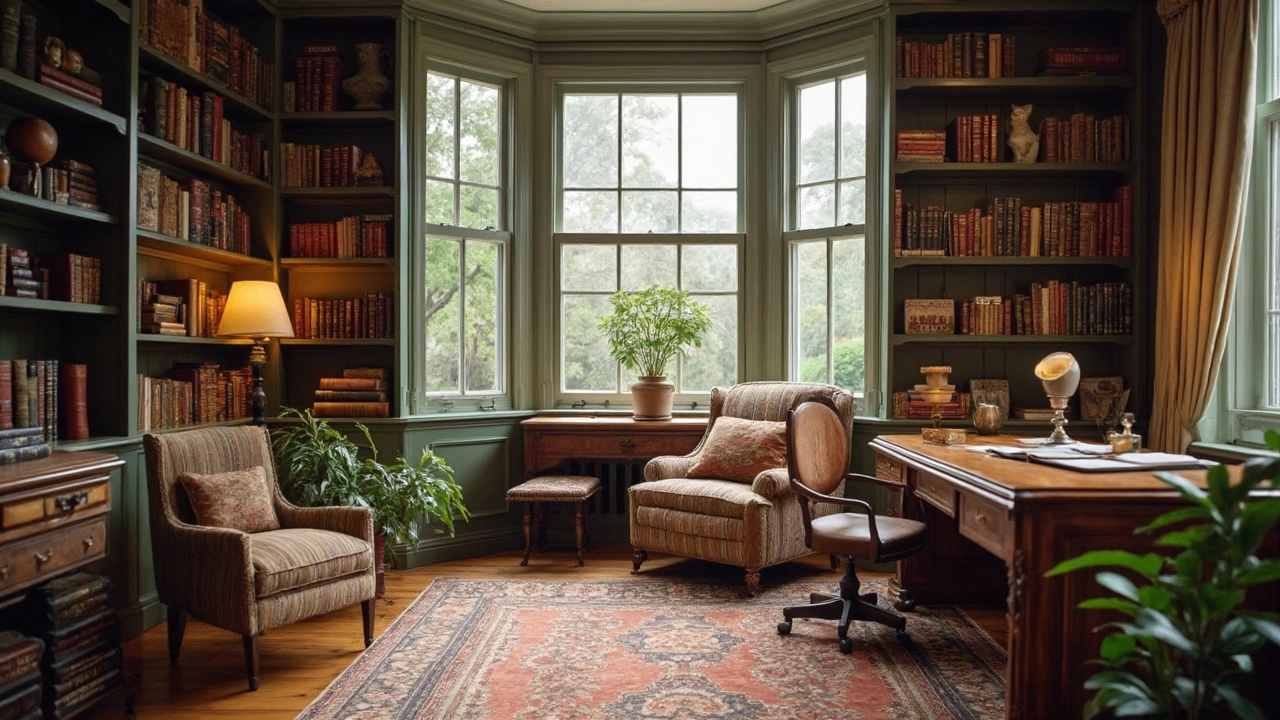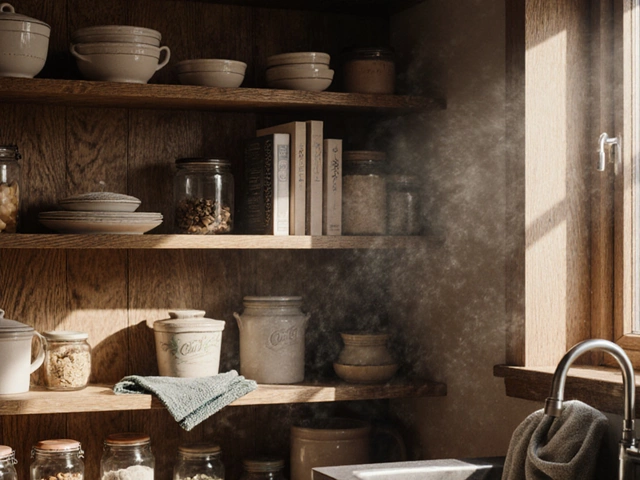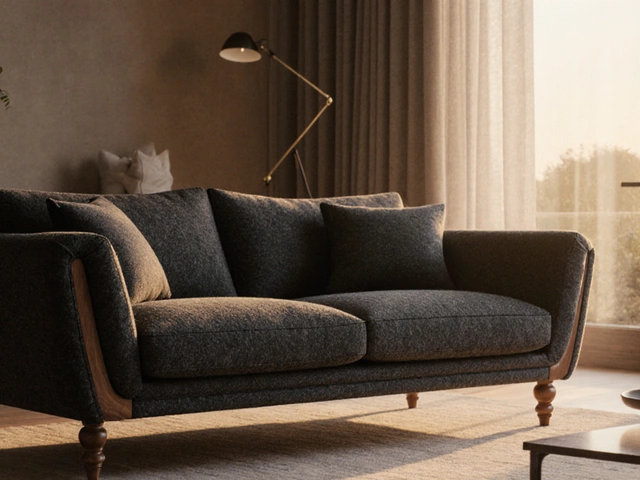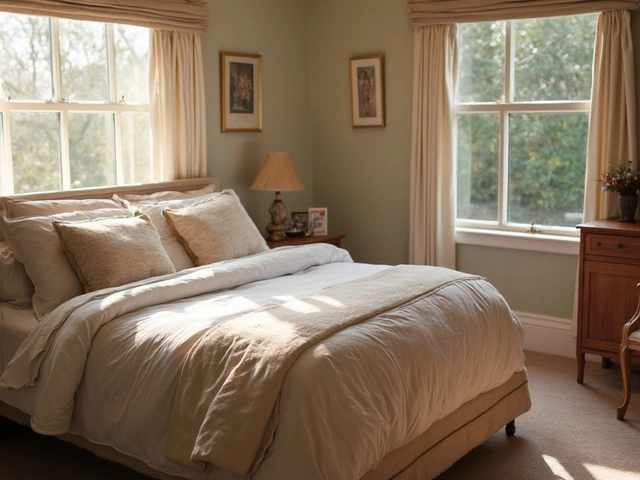MDF – Your Go‑to Material for Easy Home Projects
If you’ve ever wanted a cheap, smooth surface for shelves, cabinets or décor, MDF (medium density fibreboard) is probably the answer. It’s lighter than solid wood, takes paint like a champ, and you can find it in most DIY stores. In this guide we’ll break down what MDF actually is, why it’s a smart choice for many jobs, and share easy tips so you avoid common pitfalls.
What is MDF?
MDF is made from tiny wood fibres that are glued together under heat and pressure. The result is a dense panel that’s uniform throughout – no knots, no grain, no warping. Because it’s engineered, the cost stays low, making it popular for budget‑friendly builds. It comes in standard thicknesses (¼", ½", ¾") and sizes, so you can pick the right board for a shelf, a door, or a wall panel.
Tips for Using MDF
1. Measure twice, cut once. MDF can splinter when you cut it, especially with a cheap blade. Use a fine‑toothed saw or a dedicated MDF blade, and support the board fully to keep it steady.
2. Seal the edges. The raw edges of MDF soak up paint quickly and can look fuzzy. Run a thin coat of primer or a sanding sealer on all cut faces before you start the main paint job.
3. Don’t forget the dust mask. Cutting MDF releases fine wood dust that irritates lungs. Wear a mask and work in a well‑ventilated area.
4. Screw, don’t nail. Screws hold better in MDF because the fibers don’t compress like solid wood. Pre‑drill pilot holes to stop the board from cracking.
5. Finish with paint, not stain. Since MDF has no natural grain, stains won’t show the right colour. A good quality acrylic paint gives a smooth, even finish.
6. Mind the weight. While lighter than hardwood, a full‑size MDF panel can still be heavy. Get a helper if you’re moving large sheets around your workshop.
When you follow these basics, MDF becomes a reliable workhorse for many projects. Want a simple floating shelf? Cut a ½" board to length, seal the edges, attach sturdy brackets, and paint the whole thing your favourite colour. Need cabinet doors? Cut panels to size, add a groove router bit for a recessed panel look, and finish with a high‑gloss paint for a modern vibe.
One thing to keep in mind is moisture. MDF swells if it gets wet, so avoid using it in damp areas like bathrooms unless you choose a moisture‑resistant grade. For outdoor projects, stick to pressure‑treated wood or specialised exterior boards.
Overall, MDF gives you the look of wood without the high price tag. It’s perfect for anyone who wants a clean, paint‑ready surface and is willing to take a few extra steps to protect the edges and avoid splintering. Grab a sheet, plan your cuts, and start creating budget‑friendly pieces that look polished and last.

Why Choose MDF over Plywood for Your Shelving Needs
Thinking about what material to use for your shelves? MDF might just be the hero you're looking for! It's budget-friendly and surprisingly strong, making it a go-to material for many DIY enthusiasts and professionals alike. With MDF, you can enjoy smooth surfaces that are a breeze to paint and shape. Plus, it's a great option if you're working in tightly controlled interiors.
Categories
- Storage (27)
- Bathroom (18)
- Sofas (15)
- Curtains (15)
- Home Decor (12)
- Bedding (11)
- Kitchenware (11)
- Cushions (11)
- Mirrors (10)
- Rugs (9)
Popular Articles



